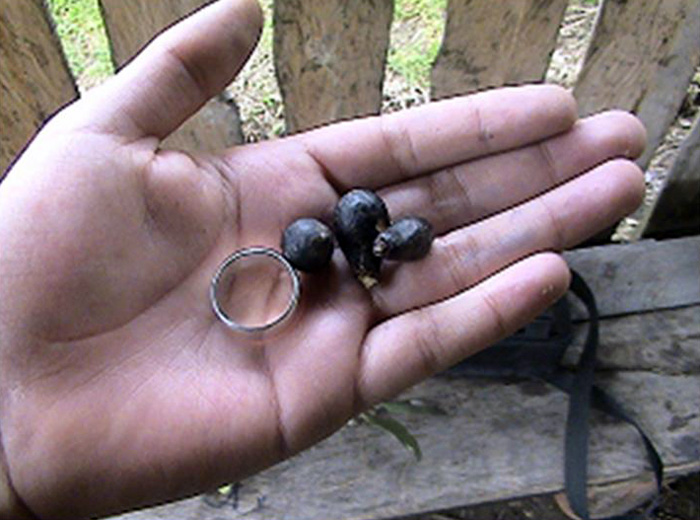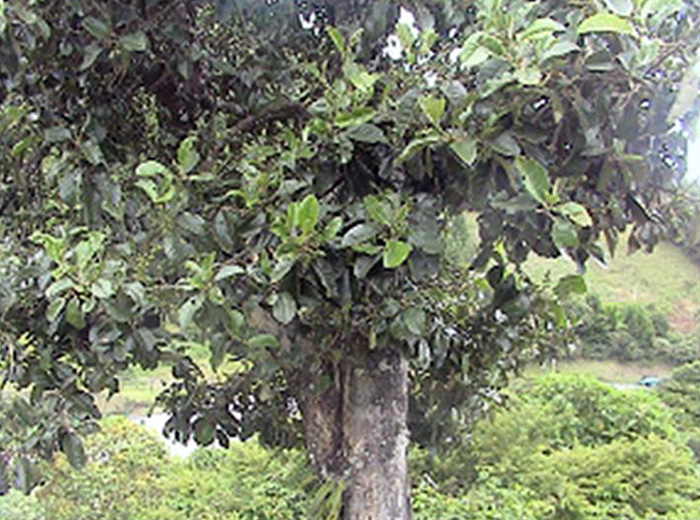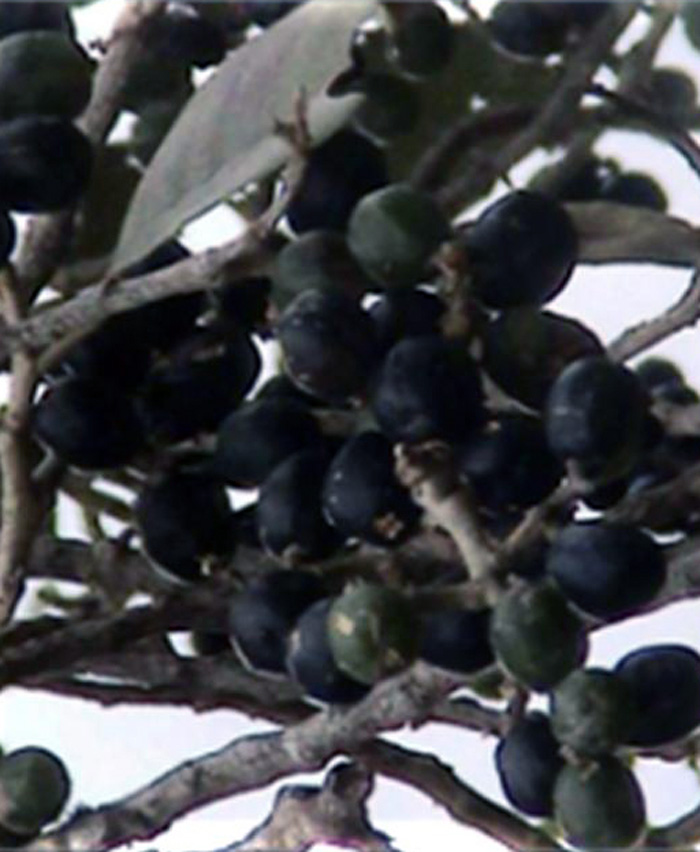This finding is the conclusion of the thesis Análisis químico de antocianinas en frutos silvestres colombianos (chemical analysis of anthocyanins in Colombian wild fruits), elaborated by Juliana Santa Cruz Cifuentes, a student of the Master in Sciences-Chemistry and directed by Doctor Coralia Osorio Roa, associate professor of the Chemistry Department of Universidad Nacional de Colombia.
The study analyzed wild fruits commonly known as motilon, Jabuticaba, coral and small blackberry, mentioned professor Osorio Roa, director of the research group Vegetal Species as Source of Aromas, Pigments and Bioactive Substances of the Chemistry Department.
"The most interesting fruit was motilon (hyeronima macrocarpa) due to its high content of anthocyanins and because it has a high potential and antioxidant capacity to trap free radicals", explained Professor Osorio Roa.
The results of the study indicate that each 1000 grams of motilon contain 240 milligrams of anthocyanins, a value ten times bigger than that of other fruits studied, among them castilla"s blackberry, that contains 18 miligrams per each 100 grams of fruit.
Jabuticaba (Myrciaria cauliflora), which has a smaller presence in the country and that is much known in Brazil, occupied the second place in the content analysis of anthocyanins.
The antioxidant capacity refers to the effectiveness to trap free radicals, harmful substances for the organism that act rapidly, and the potential refers to the speed to neutralize them.
The analysis evaluated the content of anthocyanins, qualitatively and quantitatively. The antioxidant capacity of these wild fruits was determined by means of two processes: the traditional method of Untraviolet Visible Spectrometry, in order to measure the concentration of radicals for absorption, and the non conventional technique of Paramagnetic Resonance Spectroscopy (PRS), that permits the direct measuring of the concentration of free radicals. In the application of this technique Doctor Ovidio Almanza, an associate professor of the Physics Department of Universidad Nacional de Colombia, participated.
Kinetic data obtained during the study "are very important since they allow evaluating the competitive activity of antioxidants against harmful reactions of free radicals in the organism. A radical has to be eliminated before it reacts with other cell chemical structures," asserted Doctor José Carriazo, associate professor of the Chemistry Department, who participated in the analysis.
Based on the outcome of the study, asserted Professor Osorio Roa, a microencapsulation of motilon is expected to be produced, to preserve the sensorial (color and aroma) and biofuncional (antioxidant activity) characteristics of this fruit that grows on trees that surround LA Cocha lake in Nariño.
Professor Osorio Roa also highlighted that this investigation has been the result of a two year interdisciplinary work, in which professors of the areas of food chemistry, catalysis and physics participated.
The properties of motilon, a fruit that is consumed fresh by peasants in homemade preserves, open the possibility of future investigations that work on the possibility to remove it from the forest and technify it as a crop. These studies would be pertinent, taking into account that, according to information obtained by researchers, this bush is being cut to feed cattle.
 Correo Electrónico
Correo Electrónico
 DNINFOA - SIA
DNINFOA - SIA
 Bibliotecas
Bibliotecas
 Convocatorias
Convocatorias
 Identidad UNAL
Identidad UNAL





